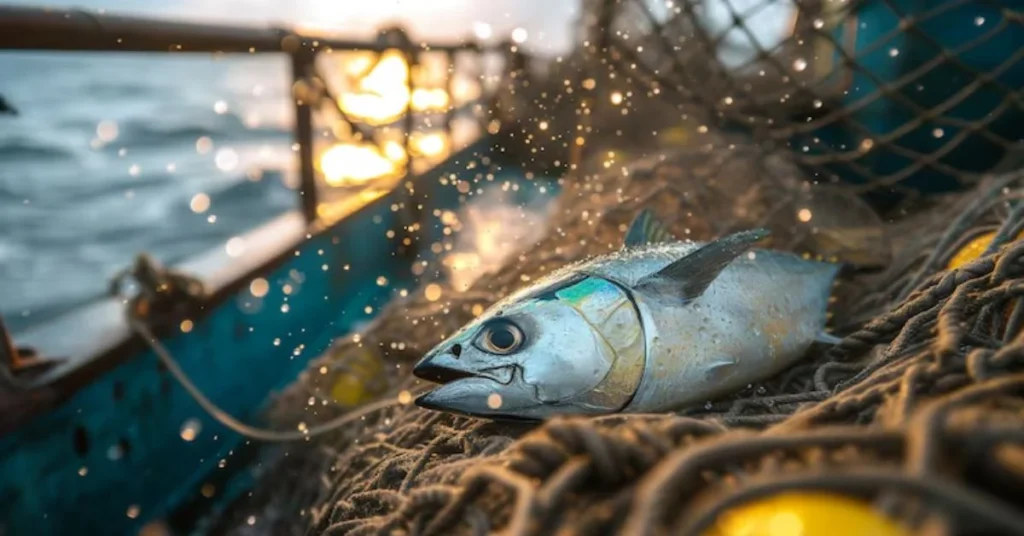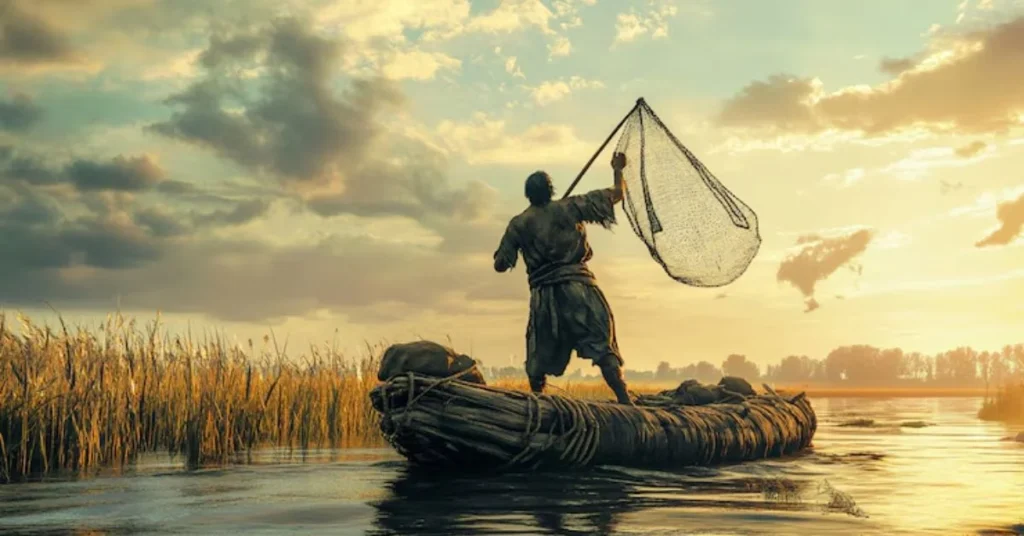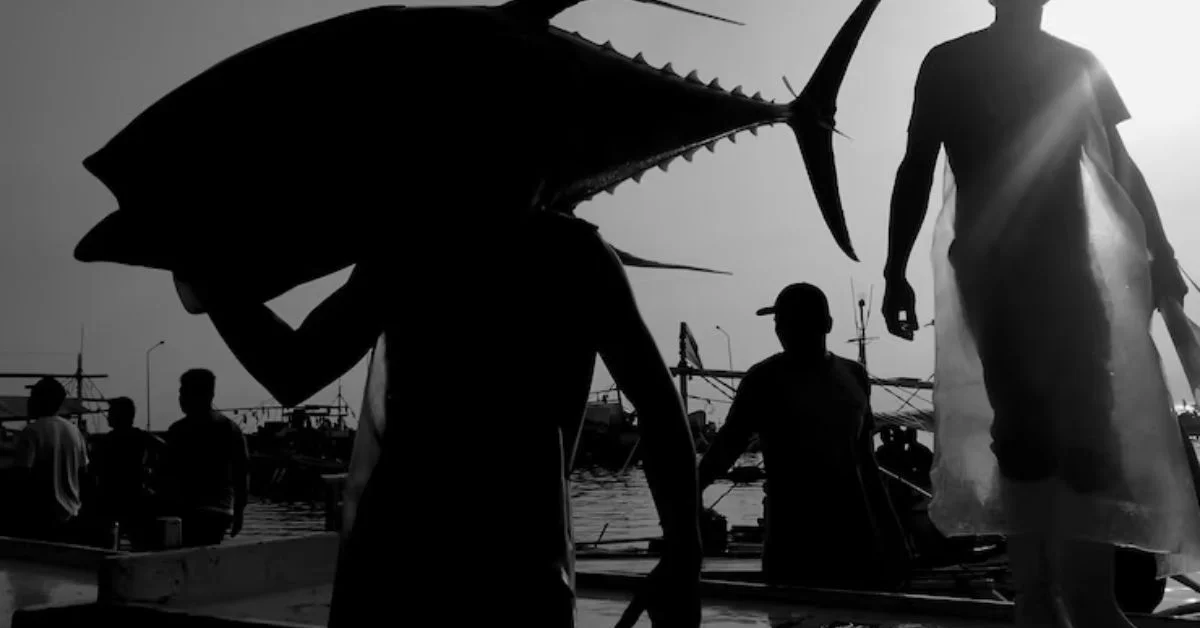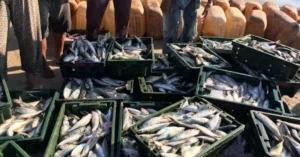Few marine pursuits hold the mystique, challenge, and adrenaline rush of swords fishing. Targeting swordfish—often referred to as the gladiators of the sea—is not merely a recreational outing or commercial venture. It is a maritime discipline, steeped in tradition, bolstered by innovation, and increasingly defined by the complex interplay of sport, sustainability, and scientific understanding.
While recreational fishing captures popular attention with big-game pursuits like marlin or tuna, swordfish occupy a more enigmatic niche. They are elusive, largely nocturnal, and often found at depths of 1,200 to 1,800 feet, challenging anglers with a mix of stealth and brute force. But as gear evolves and knowledge deepens, swordfish are being caught more regularly, more responsibly, and with a higher level of strategic intent than ever before.
This article explores swords fishing—also known as swordfishing—in its full depth: techniques, equipment, habitats, regulations, and its place in both cultural legacy and ecological responsibility.
The Species: What Makes Swordfish Unique?
Swordfish (Xiphias gladius) are pelagic predators, named for their long, flat bills which resemble swords. Unlike marlin, their sword is flattened rather than round, enabling them to slash at schools of prey. They are capable of deep dives and dramatic bursts of speed, and they are physiologically adapted to wide thermal gradients.
Biological Adaptations:
- Thermal Regulation: Swordfish possess specialized organs near their eyes and brain that allow them to remain alert in deep, cold waters.
- Vision in the Dark: Their eyes are adapted for low-light conditions, ideal for hunting squid and fish at depth.
- Muscle Density: Their muscle structure allows for explosive energy releases, making them formidable when hooked.
These adaptations shape every aspect of how they are pursued.
Historical Roots of Swords Fishing
Swordfishing dates back centuries, first practiced in the Mediterranean using harpoons and small boats. In the U.S., the practice flourished in the early 20th century off the coasts of Florida, New England, and California. Early swordfishers relied on surface sightings and daytime harpooning from spotter planes and pole boats.
The advent of longline fishing transformed the industry, allowing commercial fleets to harvest swordfish at scale. However, these methods drew scrutiny for their bycatch rates—prompting stricter regulations and a reevaluation of sustainable methods in both commercial and recreational sectors.
Techniques in Modern Swordfishing
Today, swords fishing falls into two major categories: recreational and commercial. Each employs different techniques, though technological overlap continues to increase.
1. Deep Drop Fishing (Recreational)
This method involves targeting swordfish during daylight hours, often in depths exceeding 1,500 feet. The process uses electric or manual reels, weight rigs, and light sticks to reach the dark, high-pressure environments where swordfish dwell.
Gear Used:
- Electric reels (Lindgren-Pitman or Hooker Electric)
- Bait rigged with glow lights and skirted jigs
- 8- to 10-pound sinkers
- 80- to 100-pound test braided line
2. Night Drift Fishing (Recreational & Small-Scale Commercial)
Traditionally practiced after dusk, this technique exploits the upward migration of swordfish and their prey. Boats drift with surface or mid-water baits under the cover of darkness.
Gear Used:
- Fluorescent light sticks
- Balloons or kite rigs for bait suspension
- Fresh squid or mackerel as bait
- 50- to 80-pound conventional tackle
3. Longlining (Commercial)
This industrial-scale method uses horizontal lines several miles long, with hundreds of baited hooks. It’s efficient but highly regulated due to risks to non-target species such as turtles, sharks, and dolphins.
4. Harpooning (Selective Commercial)
An ancient method still practiced today in areas like Nova Scotia and the Mediterranean. It’s considered eco-friendly because it has zero bycatch.
Hotspots for Swordfishing
Swordfish are highly migratory and present in all temperate and tropical oceans. Key fishing regions include:
- Florida Straits: Especially during spring and summer.
- Southern California: A prime area for both night and day fishing.
- Gulf of Mexico: Home to commercial fleets and increasing recreational traffic.
- North Atlantic (Grand Banks): A major ground for longline operations.
- Mediterranean Sea: Historic swordfish culture and persistent, though contested, longline activity.

Regulation and Conservation: swords fishing
Swordfish stocks have recovered significantly since the 1990s, thanks to international cooperation and regulatory bodies like the International Commission for the Conservation of Atlantic Tunas (ICCAT).
Key Regulations:
- Size Limits: Minimum catch sizes to ensure reproductive maturity.
- Closed Areas and Seasons: Designed to reduce bycatch and allow stock replenishment.
- Gear Restrictions: Rules to minimize turtle and seabird interaction.
- Reporting Requirements: Logbooks, electronic monitoring, and catch documentation.
The U.S. has one of the most rigorously managed swordfish fisheries, with high compliance rates and traceability.
Swordfish in Culture and Commerce
Swordfish are prized in markets and kitchens for their firm, meaty texture and mild flavor. They feature prominently in Mediterranean, Latin American, and Pacific Island cuisines. Economically, swordfish support livelihoods for thousands across small ports and large operations alike.
However, cultural reverence for swordfish also demands conservation awareness. In Hawaii, for example, shibi (young swordfish) are respected, and overfishing is seen as a violation of ancestral stewardship.
Ethical Considerations
As technology enables easier access to swordfish at scale, ethical questions arise:
- Is sport swordfishing justified given the species’ ecological role?
- Should catch-and-release be encouraged or discouraged, given post-release mortality rates?
- Are current certification schemes (like MSC) sufficient in monitoring chain-of-custody claims?
Progressive fisheries are starting to employ electronic tags to track released fish and gather data on survivability and migration patterns.
Innovations Shaping the Future
1. Smart Hooks and AI-Driven Detection
Hooks that can release non-target species using time or depth triggers are becoming viable. Machine learning tools are also assisting boats in identifying swordfish aggregations based on temperature, chlorophyll levels, and prey movement.
2. Satellite-Linked Buoy Systems
These enable remote monitoring of baited lines and help in reducing soak time and bycatch.
3. Electric Assist Gear
Especially in the recreational sphere, electric assist reels have opened up deep-drop swordfishing to older anglers and newcomers alike.
Best Practices for Responsible Swords Fishing
- Use Circle Hooks: Reduces gut-hooking and increases release survivability.
- De-Barb Hooks: Makes unhooking easier and reduces injury to fish.
- Log Environmental Conditions: Helps build knowledge and refine fishing strategies.
- Respect Quotas and Reporting Rules: Supports fishery sustainability.
- Participate in Tagging Programs: Helps advance scientific research.

Swordfishing Records and Notable Catches
The current IGFA world record for swordfish stands at over 1,182 pounds, caught off Chile. Other notable catches include:
- 1,023 lbs off Iquique, Chile (female angler, 1953)
- 846 lbs off Florida Keys (night drift, 1978)
These records speak to the mystique of swordfish—creatures that still surprise and challenge even the most seasoned mariners.
The Community and Culture
Swords fishing communities, from Gloucester to Kona, share a unique ethos. It’s not just about the fish, but the storytelling, the long nights at sea, the bonds between crew, and the pride in doing something few can.
Many boats carry traditions: christenings with rum, naming superstitions, or handcrafted lures passed down through generations. The culture blends science and superstition, strategy and serendipity.
Final Thoughts: swords fishing
Swordfishing is not a relic of the past; it is a dynamic and evolving discipline at the intersection of sport, livelihood, and ocean stewardship. With the right balance of innovation, regulation, and respect for the species, swords fishing can remain a vibrant pursuit for generations to come.
Whether you are an angler planning your first deep-drop expedition, a policy maker shaping fisheries management, or simply a seafood lover curious about where your meal originates, understanding swordfish and the world built around them offers not only insight—but awe.
In the end, to chase swordfish is to engage with one of the ocean’s most elusive and electrifying inhabitants. It is an act of patience, skill, and reverence—exactly as it should be.
For more information, click here.









